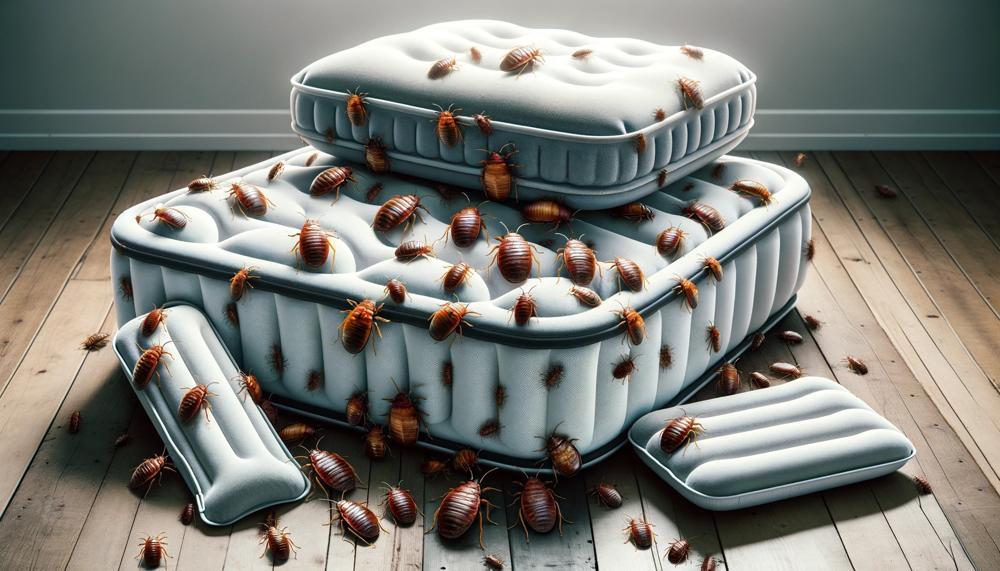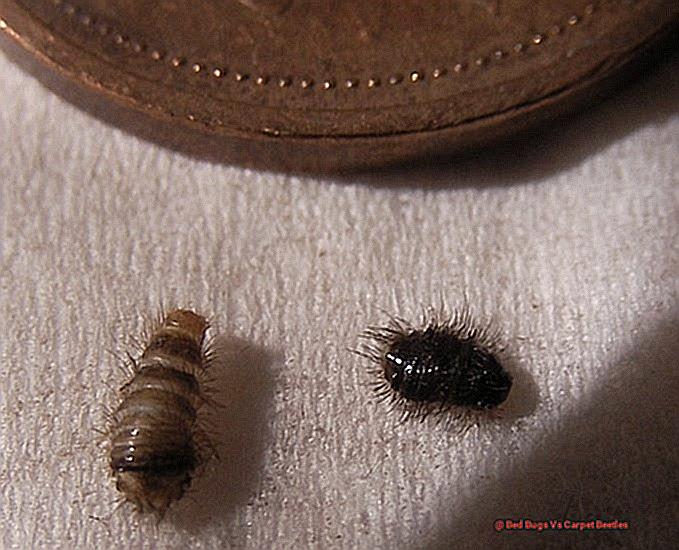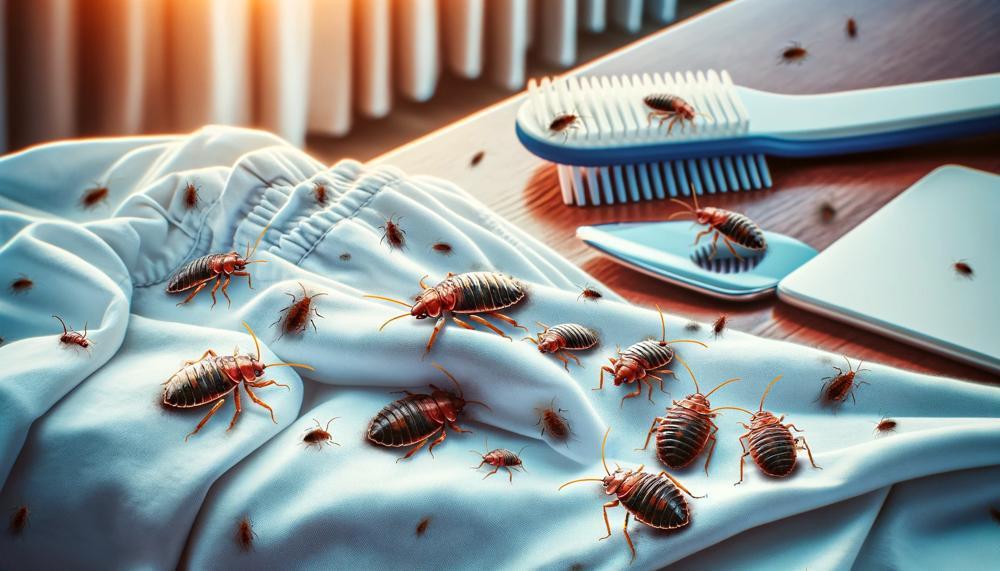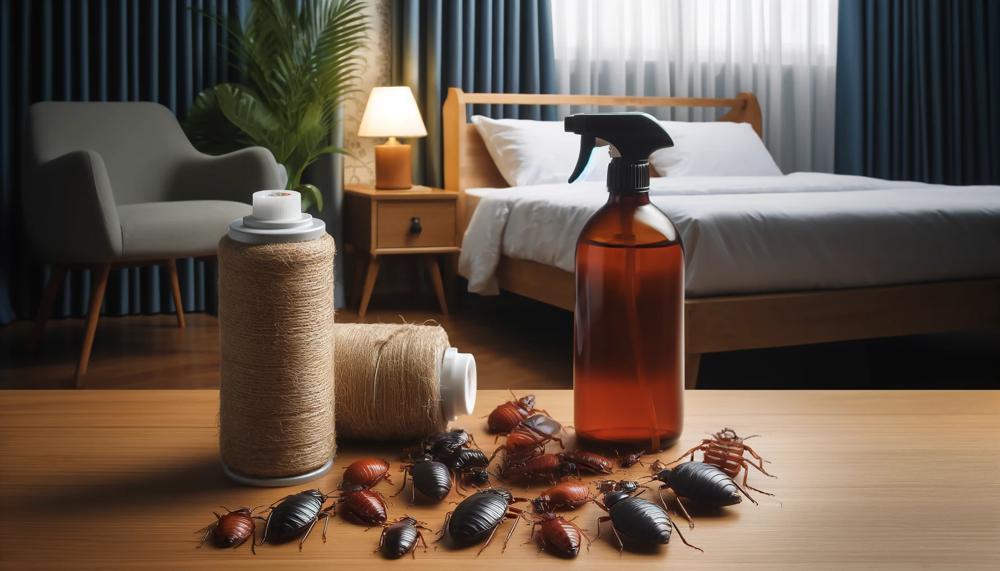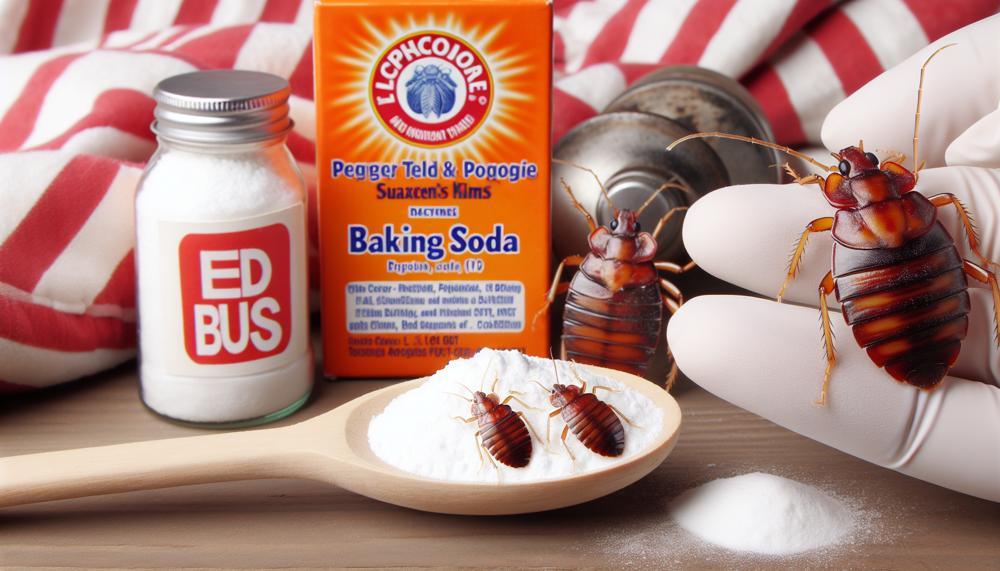Bed bugs, those tiny, blood-sucking creatures, can be a real nightmare for homeowners. They can infest your bed, furniture, and even your clothes. But what about air mattresses? Can these pesky critters make your inflatable haven their home too? Let’s dive into the world of bed bugs and air mattresses to uncover the truth.
- Bed bugs are resilient creatures that can survive in various environments, including air mattresses.
- Air mattresses provide a suitable hiding spot for bed bugs due to their numerous crevices and folds.
- Bed bugs can easily transfer from an infested bed to an air mattress through direct contact or by crawling along surfaces.
- Regular inspection of your air mattress for signs of bed bugs, such as dark spots or bloodstains, is crucial.
- If you suspect a bed bug infestation, immediate action is necessary to prevent further spread and eliminate the problem effectively.
Get ready to explore the fascinating world of bed bugs and air mattresses as we delve deeper into the topic, providing you with essential information and practical tips to keep these pesky critters at bay.
Table of Contents
- 1 Understanding Bed Bug Behavior and Habitat Preferences
- 2 Factors Influencing Bed Bug Infestation on Air Mattresses
- 3 Signs of Bed Bug Infestation on Air Mattresses
- 4 Preventing Bed Bug Infestation on Air Mattresses
- 5 Effective Methods for Eliminating Bed Bugs from Air Mattresses
- 6 Common Mistakes to Avoid When Dealing with Bed Bugs on Air Mattresses
- 7 Conclusion
Understanding Bed Bug Behavior and Habitat Preferences
| Location | Reason |
|---|---|
| Seams and Crevices | Bed bugs are adept at squeezing into tiny spaces. |
| Tufting and Stitching | These provide ample hiding spots for bed bugs. |
| Valve Area | Bed bugs can hide within the folds of the valve. |
| Pump Motor Housing | This area offers warmth and protection for bed bugs. |
Factors Influencing Bed Bug Infestation on Air Mattresses
| Factor | Explanation |
| Frequency of Use | Regularly used air mattresses, especially in hotels or vacation rentals, are more susceptible to bed bug infestations due to the increased exposure to different individuals and environments. |
| Storage Conditions | Improper storage of air mattresses in humid or cluttered environments can create a favourable habitat for bed bugs to thrive and multiply. |
| Second-Hand Mattresses | Purchasing used air mattresses from unreliable sources or thrift stores increases the risk of inheriting a bed bug infestation from the previous owner. |
| Travel and Transportation | Air mattresses used for travel or camping can easily pick up bed bugs from infested hotels, motels, or public transportation, especially when not properly inspected or cleaned before storage. |
| Infested Surroundings | If the surrounding environment, such as the bedroom or living area, is already infested with bed bugs, the air mattress becomes vulnerable to infestation due to its proximity to infested furniture or bedding. |
Signs of Bed Bug Infestation on Air Mattresses
| Sign | Description |
|---|---|
| Bloodstains | Small, dark spots on the mattress or sheets may be signs of bed bug activity. |
| Fecal matter | Dark streaks or spots on the mattress or sheets may be bed bug excrement. |
| Eggs | Small, white, oval eggs may be found in the seams or folds of the mattress. |
| Live bed bugs | Small, reddish-brown insects may be seen crawling on the mattress or sheets. |
| Bites | Small, itchy bumps on the skin may be a sign of bed bug bites. |
Preventing Bed Bug Infestation on Air Mattresses
| Tip | Description |
|---|---|
| Inspect Regularly | Check for signs of bed bugs, such as dark spots, shed skins, or live bugs, on the mattress, seams, and folds. |
| Wash Sheets and Bedding | Wash sheets, blankets, and pillowcases in hot water (at least 120°F) and dry on high heat to kill any bed bugs or eggs. |
| Vacuum Thoroughly | Vacuum the mattress, paying special attention to the seams and folds, to remove any bed bugs or eggs. |
| Use a Mattress Encasement | Encase the mattress in a zippered, bed bug-proof cover to prevent bed bugs from getting in or out. |
| Store Properly | When not in use, store the air mattress in a sealed bag or container to prevent bed bugs from getting inside. |
Effective Methods for Eliminating Bed Bugs from Air Mattresses
| Method | Steps | Effectiveness |
|---|---|---|
| Heat Treatment |
|
Very effective |
| Cold Treatment |
|
Effective, but may not be suitable for all air mattresses |
| Chemical Treatment |
|
Effective, but may require multiple applications |
| Steam Cleaning |
|
Effective, but may require multiple treatments |
| Vacuuming |
|
Somewhat effective, but should be used in combination with other methods |
Common Mistakes to Avoid When Dealing with Bed Bugs on Air Mattresses
| Mistake | Consequence | Solution |
|---|---|---|
| Using ineffective treatments | Bed bugs can develop resistance to commonly used insecticides, making them ineffective. | Consult a pest control professional to determine the best treatment option for your specific situation. |
| Not treating the entire mattress | Bed bugs can hide in the seams and crevices of the mattress, so it is important to treat the entire surface. | Thoroughly inspect the mattress for signs of bed bugs, paying close attention to the seams and crevices. |
| Not treating the surrounding area | Bed bugs can spread to other parts of the room, so it is important to treat the surrounding area as well. | Vacuum the room thoroughly, including the carpet, furniture, and baseboards. |
| Not washing bedding and linens in hot water | Bed bugs can survive in hot water, so it is important to wash bedding and linens in hot water (at least 120°F) to kill them. | Wash bedding and linens in hot water and dry them on the hottest setting. |
| Not using a mattress cover | A mattress cover can help to prevent bed bugs from getting on the mattress in the first place. | Encase the mattress in a zippered, allergen-proof mattress cover. |
| Not inspecting the mattress regularly | Regularly inspecting the mattress for signs of bed bugs is important to catch an infestation early. | Inspect the mattress for signs of bed bugs, such as blood stains, eggshells, or live bugs. |
| Not seeking professional help | If you are unable to get rid of bed bugs on your own, it is important to seek professional help. | Contact a pest control company to get rid of the bed bugs professionally. |
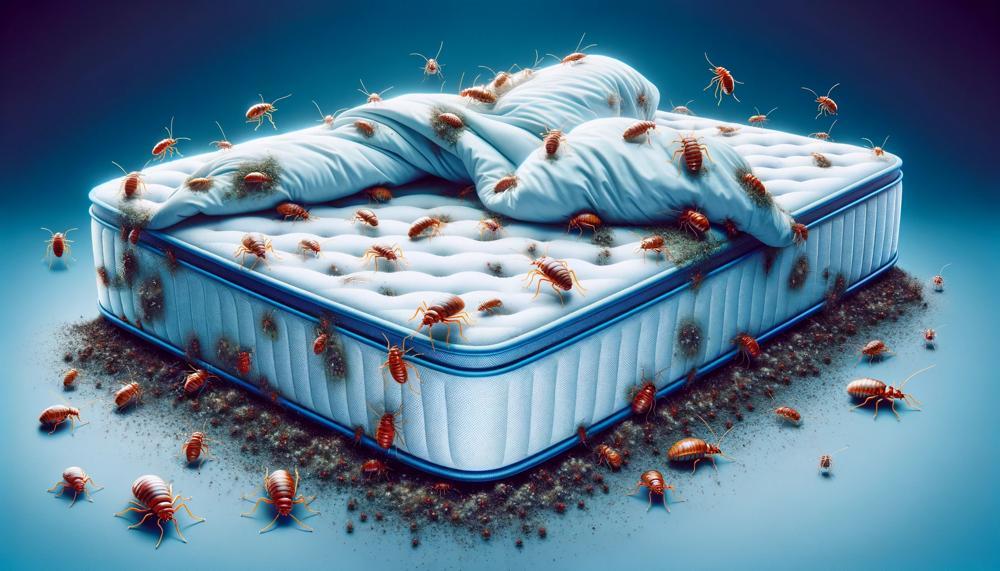
Conclusion
In the realm of slumber, bed bugs, those tiny terrors, can turn your dreams into nightmares. Can these bloodthirsty creatures make your air mattress their haven? The answer is a resounding yes. Air mattresses, with their nooks and crannies, provide a welcoming abode for these pesky critters.
Regular inspection is crucial to keep these unwanted guests at bay. Telltale signs of their presence include dark spots, bloodstains, and shed skins. Prevention is always better than cure, so store your air mattress properly, wash sheets in hot water, and use a mattress encasement.
Should you find yourself battling a bed bug invasion, various effective remedies are at your disposal. Heat treatment, cold treatment, chemical treatment, steam cleaning, and vacuuming can all be deployed to eradicate these pests.
Remember, vigilance is key in the war against bed bugs. Don’t let these minuscule monsters conquer your air mattress empire. Take action, reclaim your slumber sanctuary, and bid farewell to the bed bug menace.

